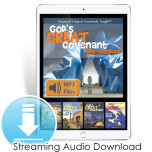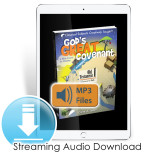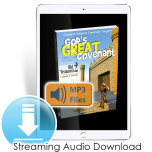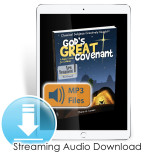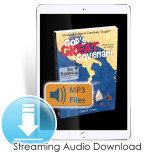We use cookies to make your experience better. To comply with the new e-Privacy directive, we need to ask for your consent to set the cookies. Learn more.
Created to accompany the Simply Classical Curriculum Level 2 (#065885), this would also work well as a stand-alone introductory writing course for young elementary children or those who have been overwhelmed with other programs and may need a slower, methodical approach.
Formatted similarly, each book begins with "Teacher Notes" which lists suggested supplies (green, blue, and red colored pencils, pencil with good eraser and required resource books), teaching information and a brief four-day suggested schedule. Also, includes tips for modifying the lessons for struggling students and additional challenge exercises for children who find the course too easy. In this section is also a list of the 12 Rules about Sentences that are taught throughout the course. These rules provide an overview of complete sentences, punctuation, types of sentences, spacing, and parts of speech. Each weekly lesson is 3 pages in length and includes a story reading, sentence rule(s) to learn, copy work, a create a sentence activity using a word list, a challenge sentence writing activity to free write about the story, and a drawing/illustration activity. Additional resources are required to accompany each book. Available in two options, Bible Story Edition or the Read Aloud Edition, without Biblical content. The Bible Story Edition requires A Child's Garden of Bible Stories (item #25212), although you can use any Bible story collection by matching the themes to the lesson. The Read Aloud Edition requires numerous additional resources; please contact us for the complete list.
Books are consumable, and not reproducible (except for the extra practice template in the back of the book.) Writing lines measure 1/2" and have a dotted center line. Includes a certificate of completion. SC. 118-119 pgs. ~Deanne
